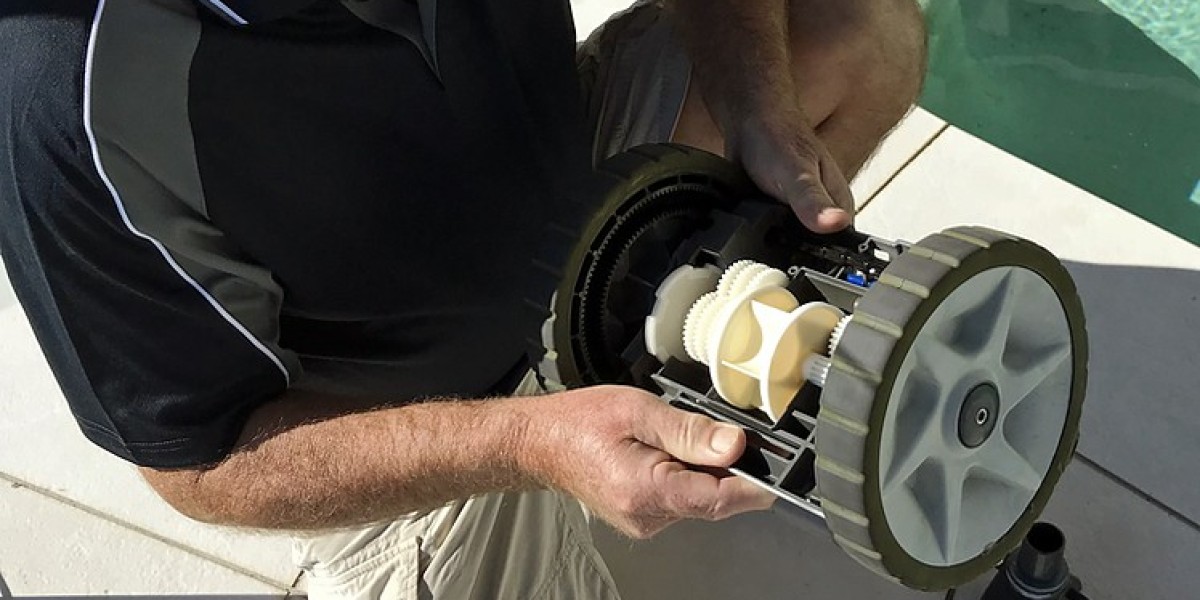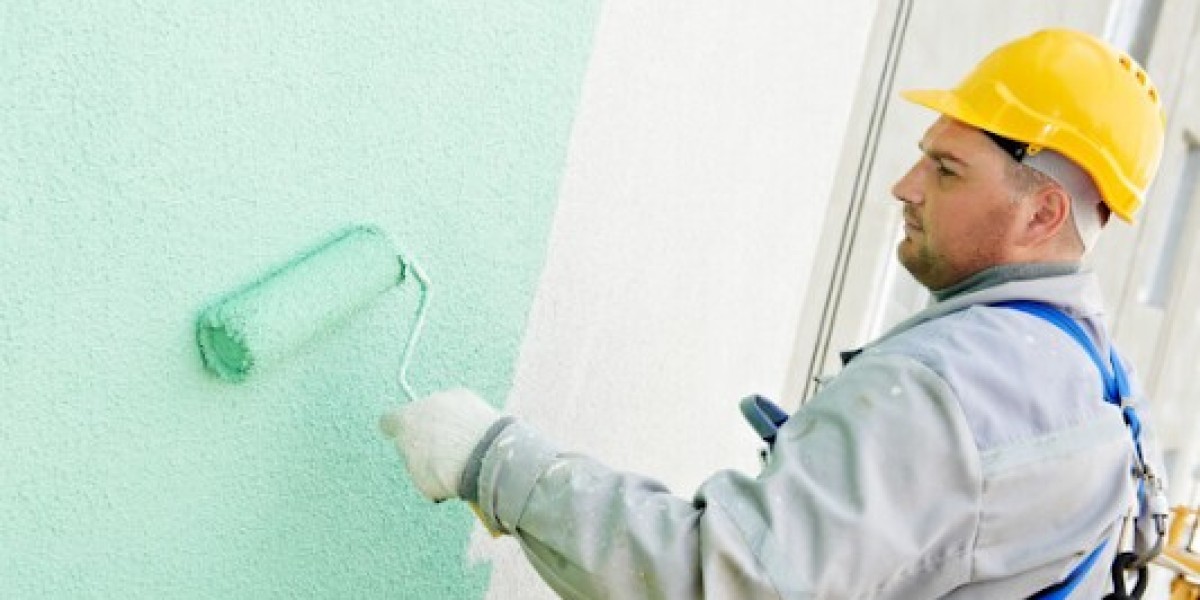If your automatic pool cleaner isn’t working as it should, you may be wondering how to fix it. It can be frustrating to watch your pool cleaner perform poorly, but most problems with robotic cleaners are not difficult to troubleshoot and can be corrected at home.
If you find your cleaner is climbing the walls and then falling off, this is a sign that it does not have enough traction or suction to maintain its position on the wall. Try increasing the number of thruster jets on the cleaner or adding hose weights to the float hose (depending on your model) to allow it to stay better positioned on the walls.
Another common problem is the cleaner moving in short, jerky movements. This is likely a sign of deteriorating drive belts that will need to be replaced. Inspecting the unit by removing it from the water and holding the handle up to the sky can help determine the problem. If water can be seen sloshing around the inside of the handle, it is leaking and will need to be repaired.
Pool cleaners that are noticeably slower than usual can be a sign of debris blocking the intake hole. This can be easily fixed by blowing away the dust and dirt from the opening, and it will improve the suction power significantly.
This is a very common problem for robots that use a top-loading canister system to carry waste and debris. The debris bags can become full or clogged with debris, and it is important to regularly remove the bag and rinse it out thoroughly before placing it back into the cleaner. You should also rinse the canister out when shocking your pool and at least once a week to prevent buildup.
Robotic cleaners are independent of the main pool system, but they do have a motor to suck water into the self-contained filter bag and a drive motor connected to tractor-like rubber or synthetic tracks and brushes that scrub your pool floor, walls, and waterline. These components will wear over time, so it is a good idea to inspect them regularly for signs of wear and tear that will need replacement.
A malfunctioning robotic cleaner can cause a great deal of frustration, but the good news is that these units are fairly simple to repair and usually have fewer parts than pressure and suction-side cleaners. By following these easy troubleshooting tips, you can get your robotic cleaner back up and running in no time. If you are still having issues with your robotic cleaner, contact a professional pool store for more advanced troubleshooting and repair services. They can even rebuild your unit for you, which is often cheaper than replacing it altogether. They will also be able to advise you about the best replacement options for your specific pool cleaner model. They can help you choose the right parts, install them properly, and get your pool looking like new again!







